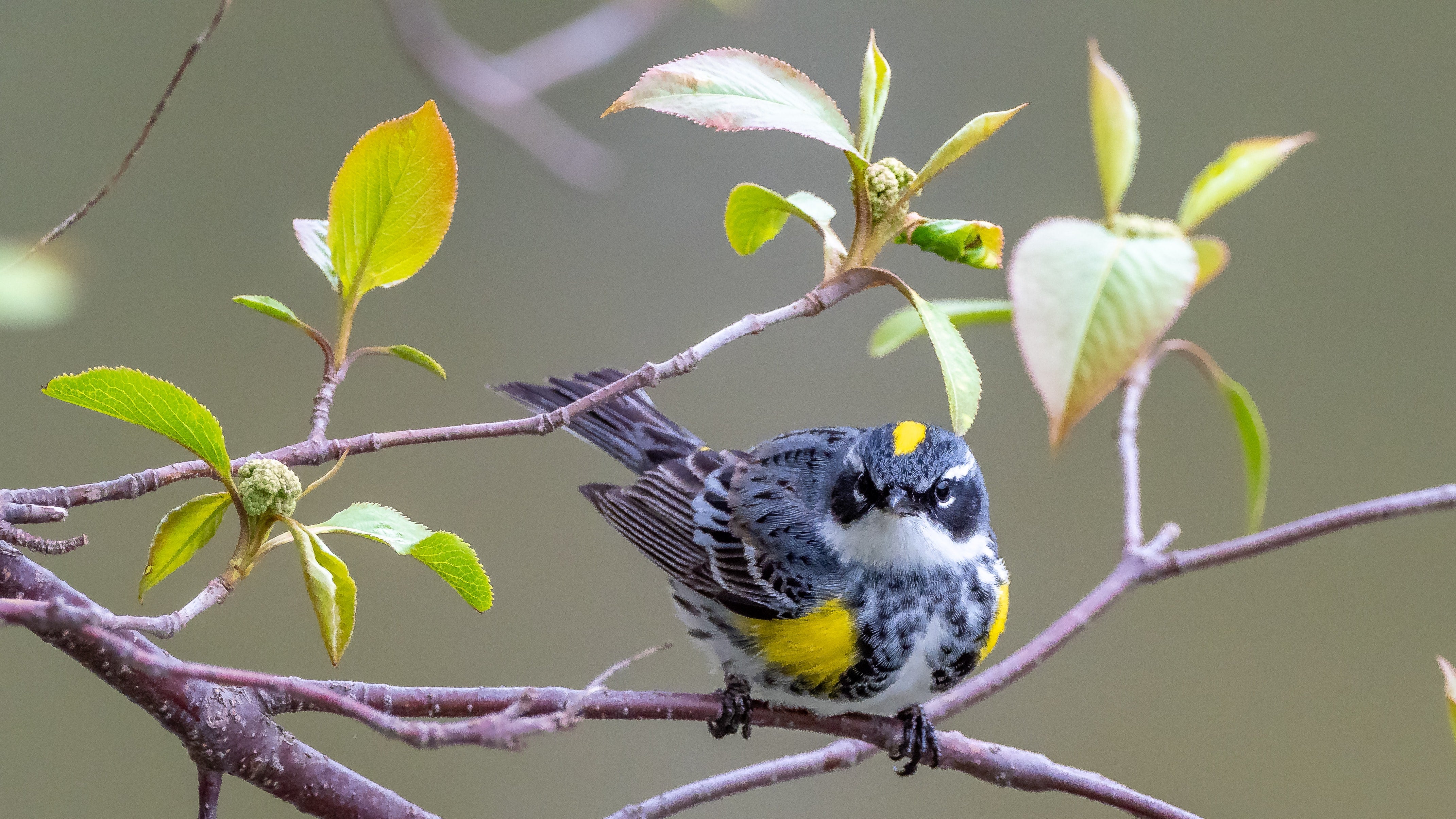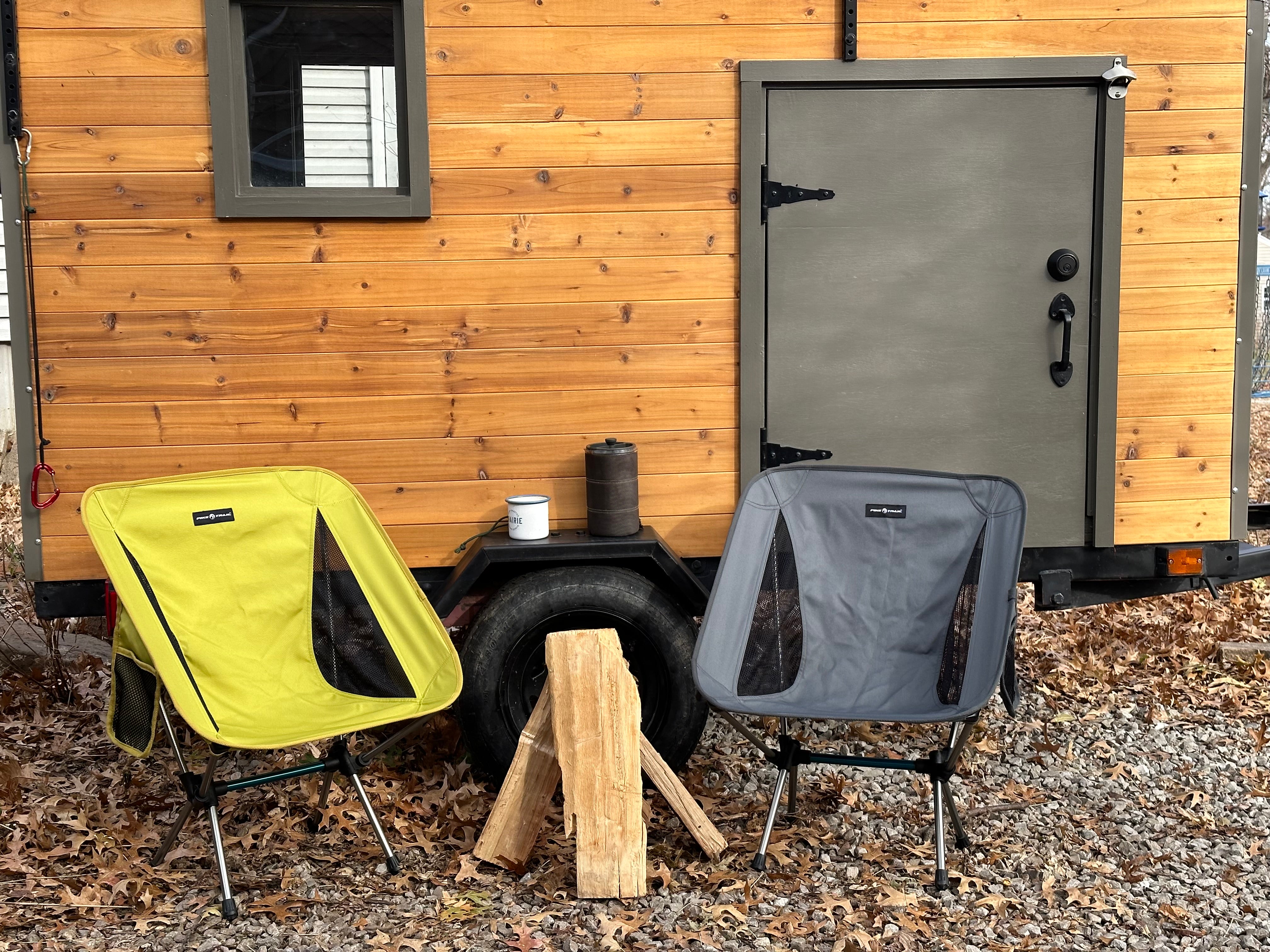Birdwatching is a fantastic outdoor hobby, and one of the best things about it is that you can do it anywhere, even without any special equipment. However, it is definitely more rewarding if you gather at least the most essential birdwatching gear. Doing so will help you admire and learn about all the birds you spot around your home and while out and about, and is definitely worth a small investment.
Speaking of being out and about, even your earliest forays into birding are likely to find you exploring the Great Outdoors, whether that’s your neighborhood greenbelt or a national park. This means there’s a lot of overlap between essential beginner birdwatching gear and general outdoor stuff designed to keep you safe and comfy in all kinds of weather. You probably already own many of these items, but consider buying those you don’t have to make your new birding hobby an extra happy one.
Invest in a Good Pair of Binoculars
Even if you have 20/20 vision (does anyone actually have that?!), binoculars are the No. 1 most essential item for birdwatching beginners. There’s simply no better tool for spotting birds from a distance and getting a close-up view of their features, which is key to ID'ing all the different species you see. As a very beginner, you can get away with using any old pair of binoculars you find around the house, can borrow, or maybe score at a thrift store. But for anyone getting a bit more serious about birdwatching, it’s important to get a decent pair.
Fortunately, you don’t have to spend a huge amount of money to get good binoculars. Shop wisely, ask for advice from experts, and opt for the best brand you can afford. Some features to consider include size and portability — will they fit in your pocket or backpack? Will they be uncomfortably heavy around your neck? Do they feel sturdy?
Other important factors include magnification and field of vision. Do some research into these features and read plenty of reviews before making a purchase. Look into extras like padded, adjustable straps and protective cases. Also make sure your binoculars come with a warranty. American-made Vortex binoculars, for example, are an excellent choice and come with a lifetime warranty.
Get Yourself a Field Guide and a Log
Do you know the difference between birdwatching and birding? Most people use the terms interchangeably, and that’s fine. But technically, birdwatching is simply watching birds for pleasure, whereas birding is purposely seeking out birds to watch and usually recording any sightings. Birding, therefore, requires a field guide and a log. The former is to identify the particular species of birds you spot, and the latter is simply a personal record of your birding experiences.
In terms of birdwatching gear, a field guide might be a physical book, bookmarked website or an app. Most birders will have a variety of online and offline resources to suit different situations. You might want a weighty compendium of North American birds to keep at home, a pocket-sized regional guide to take out on birding adventures, and an app on your phone with all kinds of functions. Birding apps serve as both guide and log, and often have cool features like ID'ing birds by uploading a recording of their song. Other log options include a regular notebook and pencil, printed checklists and special birding log books.
Audubon’s website, app and publications are the gold standard, although there are countless others to consider.
Don’t Forget to Protect Yourself From the Sun
Birdwatching is typically an outdoor activity, so put sun protection on your list of essential birdwatching gear. Even if you’re birding on a cloudy day in your own backyard, it’s easy to lose track of time, sit out for longer than you intended, and end up with a surprise sunburn.
Use common sense and apply (and reapply) sunscreen, wear appropriate clothing for keeping cool (breezy linen and cotton garments are ideal), and remember to put on a wide-brimmed hat. The ideal hat for birdwatching doesn’t obstruct your view from any angle. Look for a hat with a wide brim that you can fold back, a back flap to keep the sun off your neck, and an under-the-chin tie you can cinch so the hat doesn’t fall off with frequent neck-craning.
Grab Some Birding Gear for Fending Off Critters
Along with sun protection, you’ll want to keep bugs and other annoying, potentially hazardous critters away while birdwatching. It’s hard to escape insects when they share habitats with birds, but bug spray can prevent bites, as can mosquito-repelling bracelets and buttons. When the insects are really bad, a hat with a mesh net to cover your face and neck might be worth the tradeoff with visibility.
Even more dangerous than bugs are snakes, a genuine hazard for birders to be aware of. It’s common advice to avoid the habitats of venomous snakes, but that’s not always possible when you’re birdwatching or pursuing other outdoor adventures. They’re not a substitute for common sense (sorry!), but wearing a pair of Pike Trail Snake Gaiters is an excellent choice while birding. The gaiters offer full coverage up to the calf, and also prevent pebbles, water, snow and biting insects from bothering your feet and ankles. Wear them to feel confident in keeping your eyes on the birds, rather than worrying about what’s on the ground.
Did You Remember Birding Gear to Keep You Warm and Dry?
It’s less thrilling to spot a rare or personally sought-after bird species if you’re cold and wet. Just like having the right gear to protect you from the sun and critters, gear that helps you stay dry and warm is among the most important birdwatching gear for beginners. If you’re also interested in hiking, know that much of the same gear is appropriate for both hobbies.
Make sure you have a waterproof jacket and pants, and suitable footwear plus some Waterproof Breathable Socks. Lightweight rain gear that packs down is much better for stuffing into a backpack, making it easy to bring along “just in case.” If you expect to go out birdwatching in cold weather, bring along a pocket blanket for extra warmth as well as something soft to sit on.
Bonus: Non-Essential Birdwatching Equipment for Beginners
Maybe you know for sure that birdwatching will be a lifelong hobby. Maybe you just like buying new stuff. Either way, here are some suggestions for nice-to-have but not-technically essential birdwatching gear:
- A folding stool, so you don’t have to sit on rocks
- Waterproof notebooks, for logging when it’s drizzly
- A spotting scope, which is a single lens with a longer range than binoculars
- An insulated drinking vessel, because hot coffee makes birdwatching even better
- Hiking poles, if you’re seeking birds over rough terrain
- Camera and tripod for bird-themed photography
- A lightweight but sturdy backpack to carry all this gear
- A backyard bird feeder and water feature so you can do more birdwatching at home
Birdwatching is very straightforward for beginners to get into, yet promises an entire lifetime of rewarding experiences plus all the peaceful time outdoors you could desire. Make your beginner birding life all the more pleasant by choosing high-quality, durable and affordable gear from Pike Trail.






